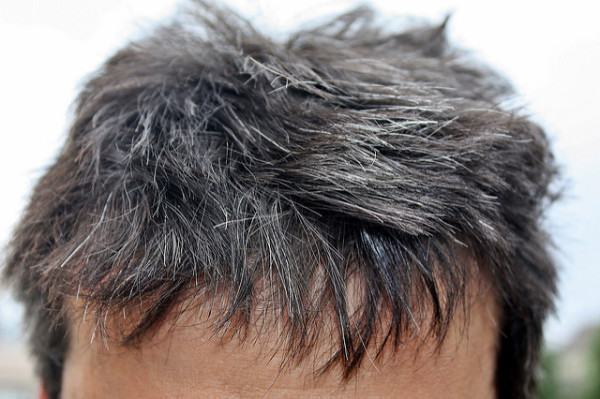Balding and greying hair are seen as inevitable consequences of aging. However, thanks to researchers at UT Southwestern Medical Center, what was once thought to be incurable is now one step closer to being cured.
Image Source: Gary John Norman
A project that started with the initial goal of studying tumor formation resulted in the discovery of skin cells that directly give rise to hair. The study, published on the Genes & Development website, details the specific proteins and genes that affect the phenotype of pigmented hair. Essentially, the cause of greying on the molecular level has been identified. In addition, a new protein related to balding was discovered.
To understand the basis of hair pigmentation, one must begin by looking at the cells on the hair shaft. Before the study, it was already known that stem cells located in hair follicles are responsible for producing hair itself and that a protein called stem cell factor (SCF) played a key role in producing pigments. However, it was unclear what type of cell produced SCF, serving as an intermediate between the stem cells and the protein.
What scientists learned, through molecular sequencing of hair genes, was that, in fact, normal skin cells are responsible for producing SCF. In order to do this, a protein called KROX20 “turns on” the cells, activating them to express SCF. Cells with both KROX20 and SCF turned on can interact with pigment-producing melanocyte cells, leading to colored hair. It is interesting to note that while the absence of SCF results in the greying of hair, the absence of KROX20 leads to balding. Therefore, the newly discovered KROX20 protein plays an arguably more crucial role in hair regulation than SCF itself.
With this new knowledge, scientists now understand a direct cause of hair loss, a widespread cosmetic problem that affects thirty five million men and twenty one million women in the United States alone. By identifying the specific genes and proteins associated with balding and the greying of hair, scientists are now closer to solving one of man’s oldest problems.
Featured Image Source: “It’s official!” by Prizmatic










